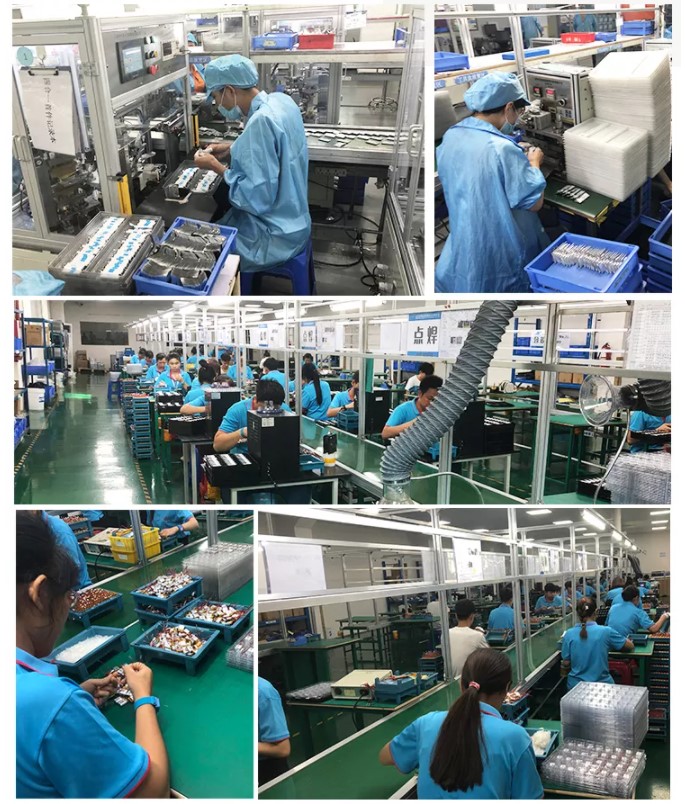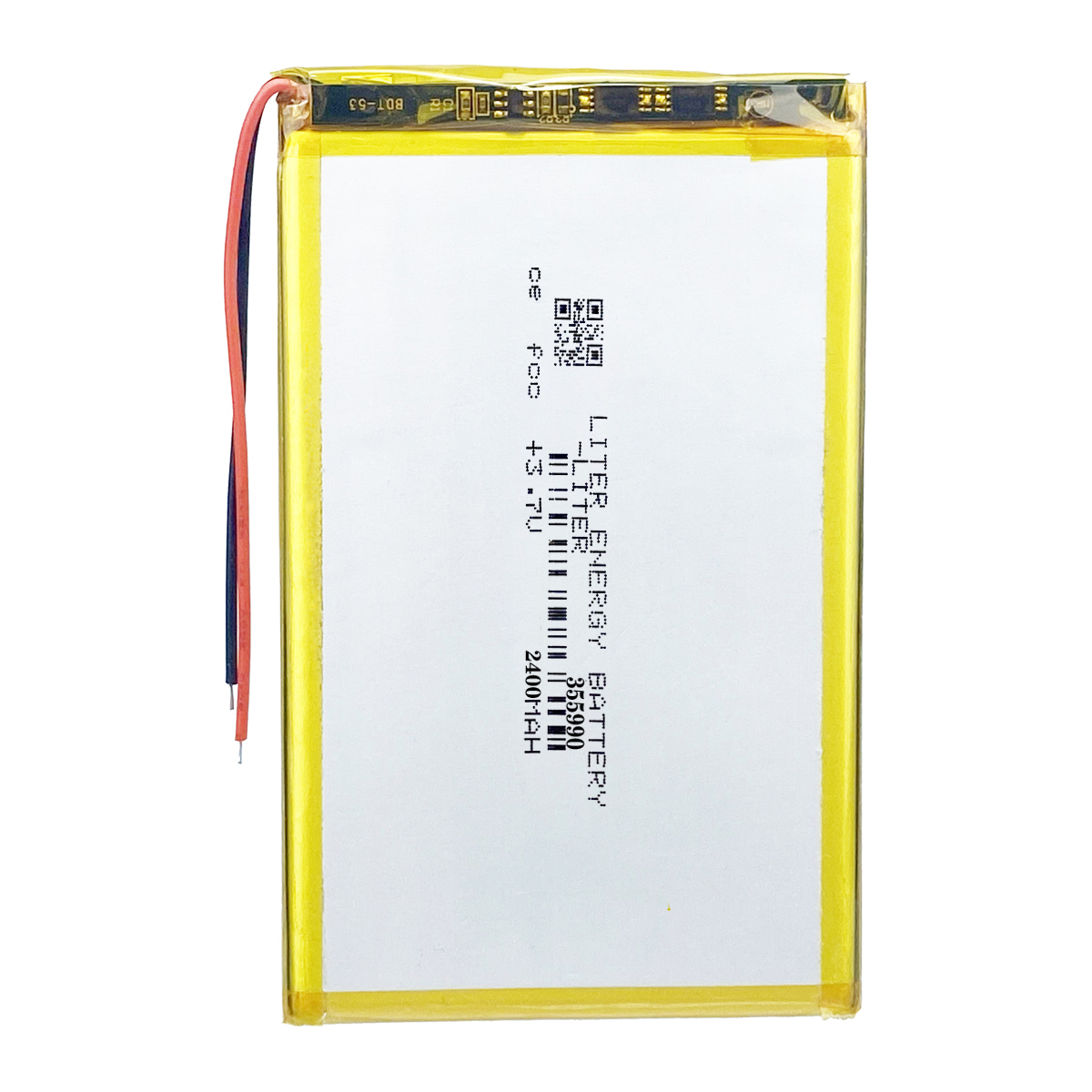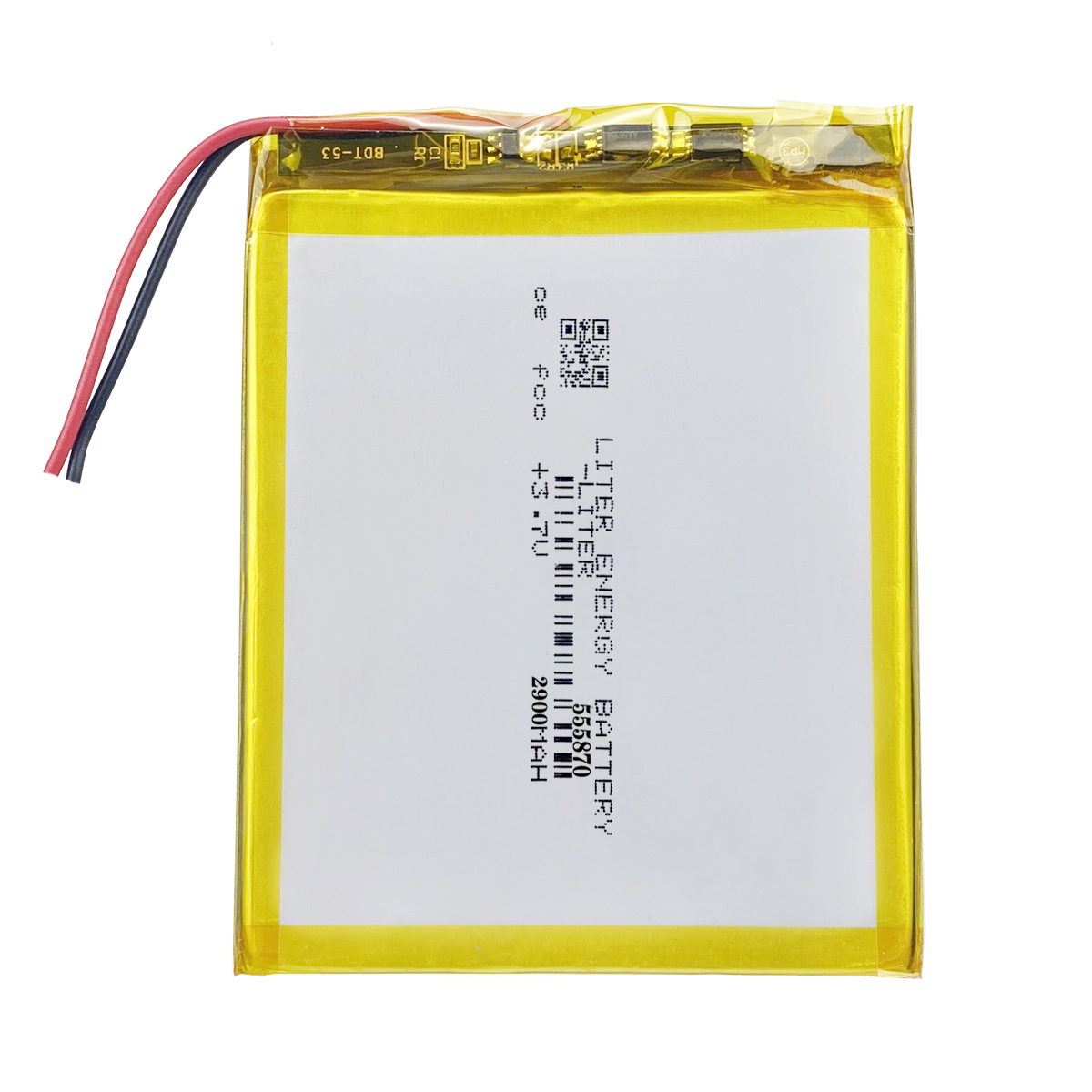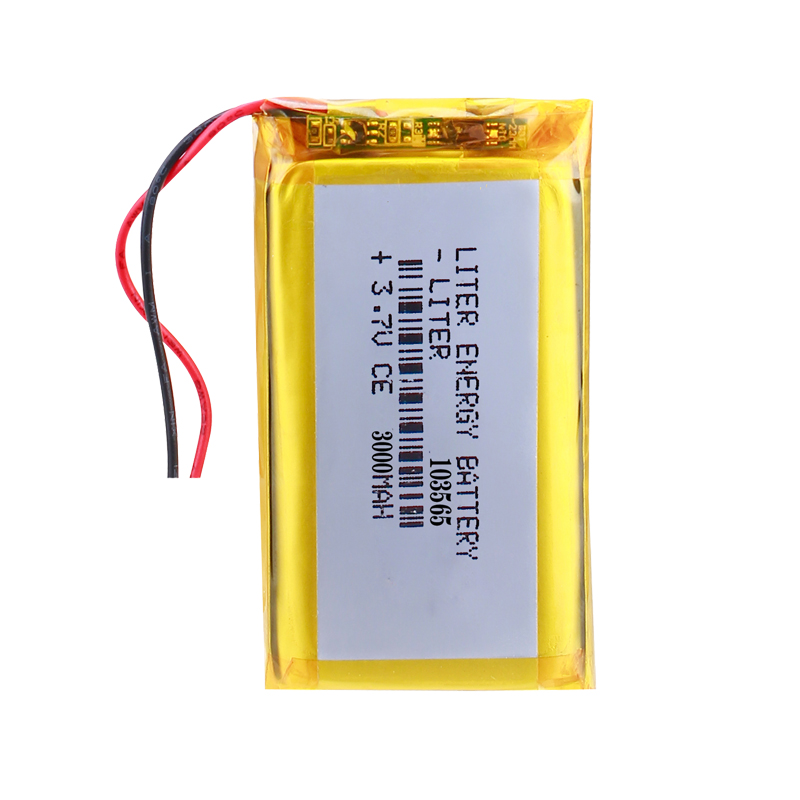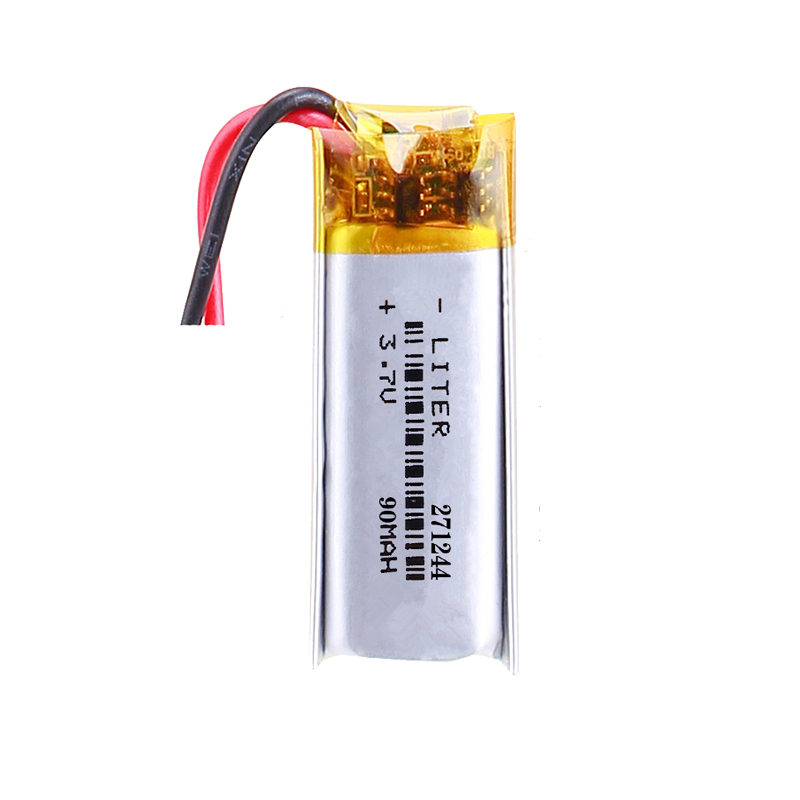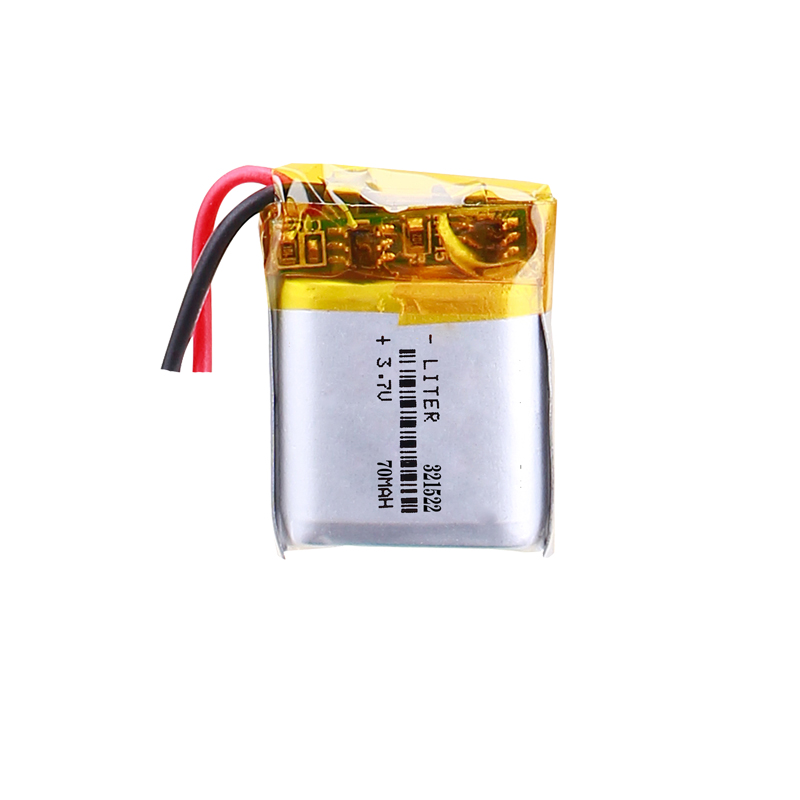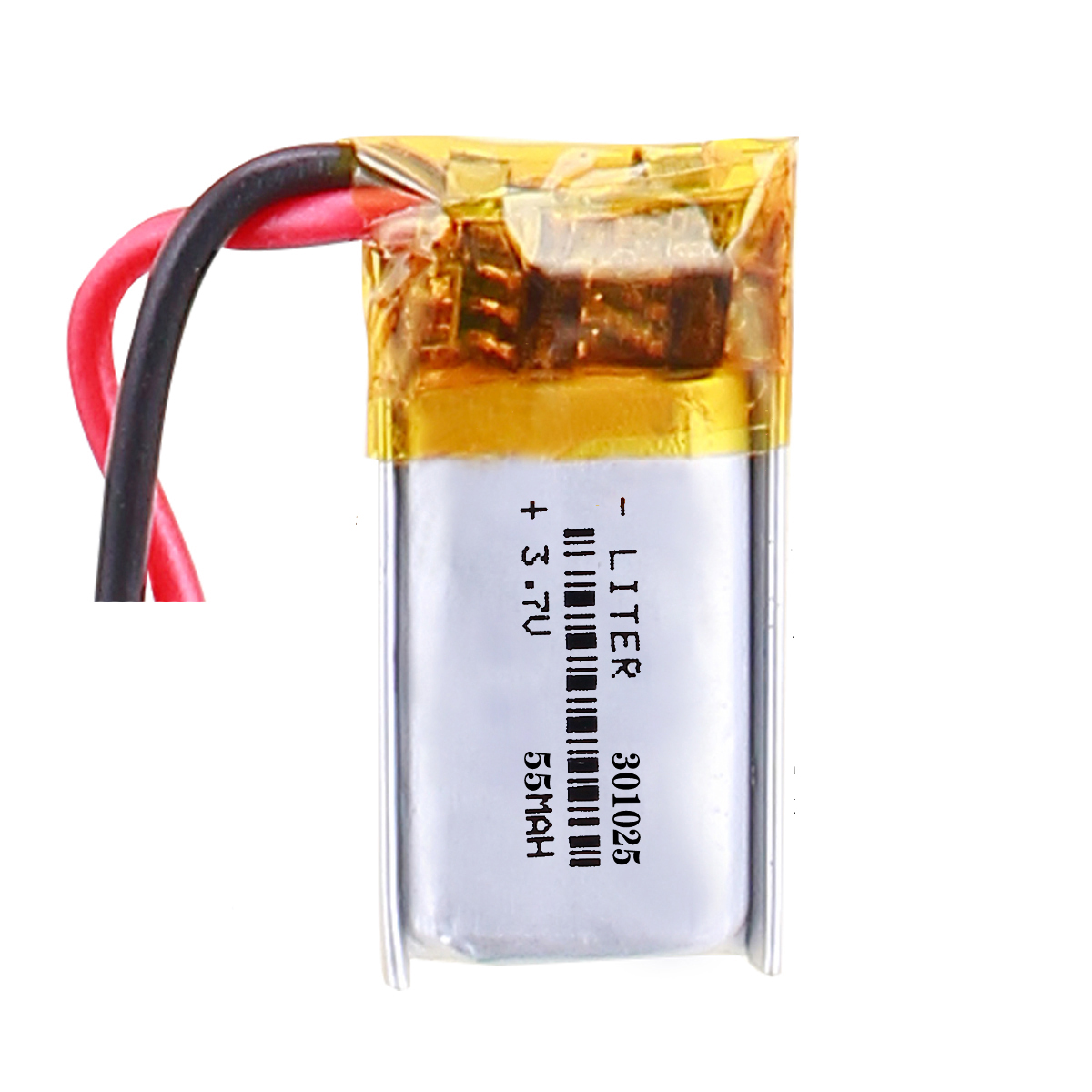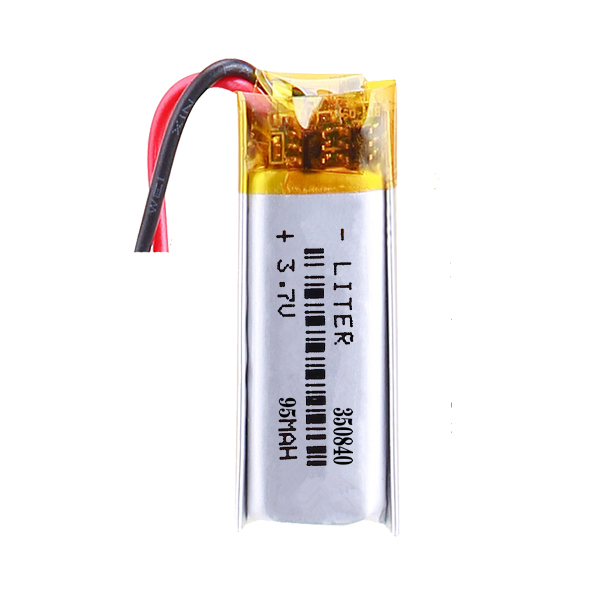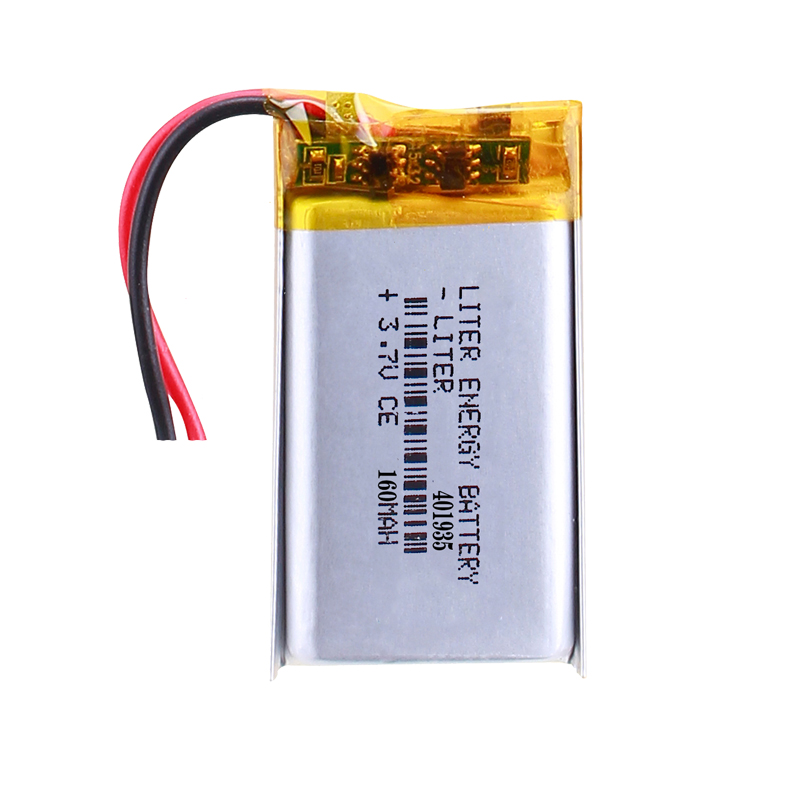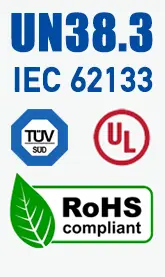Contact us
BIHUADE is a Leading 3.7V Rechargeable LiPo Batteries Manufacturer, Over 30 Years of Rechargeable LiPo Batteries Expert, Competitive Price with High Quality, Flexible Dimensions High Energy Density, Accept small sample order & custom dimensions, Leading Designer and Manufacturer from China in Lithium-Ion Polymer Battery Cell & Packs, with OEM & ODM Great Services.
Leave your requirement in the below footer box, we will reply within 12 hours.
We have thousands of models with LiPo batteries in stock, we can not put every model on our website and inventory changed every day, pls contact us before your consideration, we can offer you the recommendation.

Material Safety Data Sheet
For BIHUADE BATTERY CO., LTD.
Lithium Ion Polymer Battery
Model/type reference………………..: LP452050
Trademark…………………………….: N/A
Nominal Voltage………………………: 3.7V
Typical Capacity………………………: 400mAh, 1.48Wh
Weight………………………………….: 8.0g
L: 50.0mm
Shape and Physical Dimension
(mm)…………………………………….: W: 20.0mm
T: 4.5mm
Version number………………………..: V1.0
Preparation Date………………………: May, 12, 2017~May 22, 2017
Revision date…………………………..: May 22, 2017
_____________________________________________________________________________
IDENTIFICATION OF THE SUBSTANCE/PREPARATION AND OF THE COMPANY/UNDERTAKING
Recommended use of the chemical and restrictions on use
Recommended Use: Used in portable electronic equipments;
Uses advised against:
a)Do not dismantle, open or shred secondary cells or batteries.
b)Do not expose cells or batteries to heat or fire. Avoid storage in direct sunlight.
c)Do not short-circuit a cell or a battery. Do not store cells or batteries haphazardly in a box or drawer where they may short-circuit each other or be shore-circuited by other metal objects.
d)Do not remove a cell or battery from its original packaging until required for use.
e)Do not subject cells or batteries to mechanical shock.
f)In the event of a cdll leaking, do not allow the liquid to come in contact with the skin or eyes. If contact has been made, wash the affected area with copious amounts of water and seek medical advice.
g)Do not use any charge other than that specifically provided for use with the equipment.
h)Observe the plus(+) and minus(-)marks on the cell, battery and equipment and ensure correct use.
i)Do not use any cell or battery which is not designed for use with equipment.
j)Do not mix cells of different manufacture, capacity, size or type within a device.
k)Battery usage by children should be supervised.
I)Seek medical advice immediately if a cell or a battery has been swallowed.
m)Always purchase the battery recommend by the device manufacturer for the equipment.
n)Keep cells and batteries clean and dry.
o)Wipe the cell or battery terminals with a clean dry cloth if they become dirty.
p)Secondary cells and batteries need to be charged before use. Always use the correct charger and refer to the manufacturer’s instructions or equipment manual for proper charging instructions.
q)Do not leave a battery on prolonged charge when not in use.
r)After extended periods of storage, it may be necessary to charge the discharge the cells or batteries several times to obtain maximum performance.
s)Retain the original product literature for future reference.
t)Use only the cell or battery in the application for which it was intended.
u)When possible, remove the battery from the equipment when not in use.
v)Dispose of properly.
2. HAZARDS IDENTIFICATION
Classification
No harm at the normal use. If contact the Electrolyte liquid in the Li-ion Battery, reference as follows:
Classification of the substance or mixture
Classification according to GHS
Acute Toxicity, Oral(Hazard category 4)
Acute Toxicity, Dermal(Hazard category 3)
Skin, irritate(Cagegory 1B)<
Certificated REACH LiPo Batteries
3.7V Rechargeable LiPo Batteries Manufacturer Supplier, REACH certificated lithium polymer batteries for your new device.
REACH stands for Registration, Evaluation, Authorisation, and Restriction of Chemicals.
Understanding REACH
REACH is a regulation of the European Union, adopted to improve the protection of human health and the environment from the risks that can be posed by chemicals while enhancing the competitiveness of the EU chemicals industry. It also promotes alternative methods for the hazard assessment of substances in order to reduce the number of tests on animals.
In principle, REACH applies to all chemical substances; not only those used in industrial processes but also in our day-to-day lives, for example in cleaning products, paints as well as in articles such as clothes, furniture, and electrical appliances. Therefore, the regulation has an impact on most companies across the EU.
REACH places the burden of proof on companies. To comply with the regulation, companies must identify and manage the risks linked to the substances they manufacture and market in the EU. They have to demonstrate to ECHA how the substance can be safely used, and they must communicate the risk management measures to the users.
If the risks cannot be managed, authorities can restrict the use of substances in different ways. In the long run, the most hazardous substances should be substituted with less dangerous ones.
How does REACH work?
REACH establishes procedures for collecting and assessing information on the properties and hazards of substances.
Companies need to register their substances and to do this they need to work together with other companies who are registering the same substance.
ECHA receives and evaluates individual registrations for their compliance, and the EU Member States evaluate selected substances to clarify initial concerns for human health or for the environment. Authorities and ECHA’s scientific committees assess whether the risks of substances can be managed.
Authorities can ban hazardous substances if their risks are unmanageable. They can also decide to restrict a use or make it subject to prior authorization.
REACH’s effect on companies
REACH impacts a wide range of companies across many sectors, even those who may not think of themselves as being involved with chemicals.
In general, under REACH you may have one of these roles:
Manufacturer: If you make chemicals, either to use yourself or to supply to other people (even if it is for export), then you will probably have some important responsibilities under REACH.
Importer: If you buy anything from outside the EU/EEA, you are likely to have some responsibilities under REACH. It may be individual chemicals, mixtures for onwards sales or finished products, like clothes, furniture or plastic goods.
Downstream users: Most companies use chemicals, sometimes even without realizing it, therefore you need to check your obligations if you handle any chemicals in your industrial or professional activity. You might have some responsibilities under REACH.
Companies established outside the EU: If you are a company established outside the EU, you are not bound by the obligations of REACH, even if you export their products into the customs territory of the European Union. The responsibility for fulfilling the requirements of REACH, such as registration lies with the importers established in the European Union, or with the only representative of a non-EU manufacturer established in the European Union.
REACH is a European Regulation and is an acronym for the Registration, Evaluation, Authorisation, and Restriction of Chemicals. The overall aims of REACH are to:
Provide a high level of protection of human health and the environment from the use of chemicals
Allow free movement of substances on the EU market
Enhance innovation and the competitiveness of the EU chemicals industry
Reduce animal testing by promoting the use of alternative methods of assessing chemicals
REACH entered into force on 1st June 2007 and replaced a large number of European Directives and Regulations in a single system.
Caution! – LiPo Batteries
In order to prevent the LiPo Battery from possibly occurring leaks, overheating, swollen, please note the preventive measure.
Handling Precautions and Guideline:
1.
When charge please select the LiPo Battery special battery charger.
2.
Strictly prohibits inverting the cathode use LiPo Battery.
3.
Strictly prohibits directly connecting LiPo Battery to power source plug
4.
Please do not throw the LiPo Battery into water or put it into the heater
5.
Strictly prohibits plunging the LiPo Battery in seawater or water, when LiPo Battery does not use, please store LiPo Battery in a cool dry environment.
6.
The prohibition in strong static electricity and strong magnetic field place use otherwise is easy to destroy the LiPo Battery PCBA
7.
The prohibition puts the LiPo Battery nearby the hot high-temperature source, like the fire, the heater, and so on use and leaves alone
8.
The prohibition directly connects the LiPo Battery cathode with the metal to short-circuit.
9.
The prohibition rap or throws, steps on the LiPo Battery and soon
10.
Forbids directly to weld the LiPo Battery and pierces the LiPo Battery with the nail or other sharp weapons
11.
If the LiPo Battery sends out an unusual smell, gives off heat, the distortion or appears any exceptionally, immediately moves the LiPo Battery from the installment or the LiPo Battery charger to and stops using
12.
If the LiPo Battery occurs leaks, the electrolyte enters the eye, please do not have to rub scratches, the application clear water flushing eye and delivers the medical treatment otherwise to be able immediately to injure the eye
13.
When LiPo Battery long-term storage, or assembly in the host, suggest customer should take every 6months carry on one-time charge and discharge and recharge it to half charged state (3.7-3.9V)(the method: 0.2CmA charge and discharge)
14.
Abandon the LiPo Battery to wrap up the electrode using the insulating paper, prevented the LiPo Battery from short-circuits
15.
Do not decompose the LiPo Battery
16.
Keep small LiPo cells and LiPo Batteries which are considered swallowable out of the reach of children
17.
Swallowing may lead to burns, perforation of soft tissue, and death. Severe burns can occur within 2 h of ingestion
18.
In case of ingestion of a LiPo cell or LiPo Battery, seek medical assistance promptly.
REACH Certificated LiPo Batteries
Lithium-ion Batteries and lithium-polymer Batteries are getting more popular in modern consumer electronics, Liter energy battery manufacturers offer both lithium-ion batteries and lithium-polymer batteries.
3.7V Reliable Leading Rechargeable Lithium Polymer Batteries Manufacturer, 30 Years Rechargeable Battery Expert, Competitive Price with High Quality, Flexible Dimensions High Energy Density, Accept small sample order & custom dimensions, Accept OEM & ODM orders.
LiPo Batteries also named Liter energy batteryy battery, Li-polymer battery, Lithium polymer battery, Liter energy battery battery, We sell all kinds of rechargeable lipo batteries, such as Cylindrical Lithium polymer batteries, Round Lithium polymer batteries, Special Lithium polymer batteries, Ultra-thin Lithium polymer batteries, RC Lithium polymer battery, 3.7V Lithium polymer, Flat Lithium polymer batteries, Standard LiPo Batteries, Micro Lithium polymer batteries, rechargeable Lithium polymer batteries, etc.
Lithium-ion batteries also named Li-ion Battery, Liter energy battery Manufacturer Supply kinds of Rechargeable lithium-ion batteries, such as Lithium-Ion Battery LP18650(diameter 18mm, length 65mm), Lithium-Ion Battery LP26650(diameter 26mm, length 65mm), Lithium-Ion Battery LP21700(diameter 21mm, length 70mm), Micro Lithium-Ion Batteries (diameter 4mm, length 4mm).
We design and manufacture custom Lithium Polymer Batteries’ packs to customers’ specifications. If you need a specific Lithium Polymer Batteries pack, we can advise the best possible solution, Customized Your Lithium Polymer Batteries in Any Size, Capacity, and Shape, Meet Your Different Needs by Assembling the Lithium Polymer Battery in Series and Parallel.
355990 2400mAh Standard LiPo Battery with connector JST PHR-2 A
Model 355990 2400mAh Standard LiPo Battery with connector JST PHR-2 AType3.7V Standard LiPo Battery...
555870 2900mAh Standard LiPo Battery with connector FPCB
Model 555870 2900mAh Standard LiPo Battery with connector FPCBType3.7V Standard LiPo BatteryCapacit...
3.7V 103565 3000mAh Standard LiPo Battery with connector two pairs wires two connectors
Model3.7V 103565 3000mAh Standard LiPo Battery with connector two pairs wires two connectorsType3....
271244 90mAh 3.7V Rechargeable LiPo Battery Batteries
271244 90mAh 3.7V Rechargeable LiPo Battery BatteriesBattery Type 271244 90mAh 3.7V Rechargeable ...
321522 70mAh 3.7V Rechargeable LiPo Battery Batteries
321522 70mAh 3.7V Rechargeable LiPo Battery BatteriesBattery Type 321522 70mAh 3.7V Rechargeable ...
301025 55mAh 3.7V Rechargeable LiPo Battery Batteries
Model 301025 55mAh 3.7V Rechargeable LiPo Battery BatteriesType3.7V LiPo batteryCapacity55mAh LiPo ...
350840 95mAh 3.7V Rechargeable LiPo Battery Batteries with connector JST ACHR-03V-S B
Model 350840 95mAh 3.7V Rechargeable LiPo Battery Batteries with connector JST ACHR-03V-S BType3.7V...
401935 1.5A 160mAh 3.7V Rechargeable LiPo Battery Batteries
Model 4019035 1.5A 160mAh 3.7V Rechargeable LiPo Battery BatteriesType3.7V LiPo Battery Batteries...
